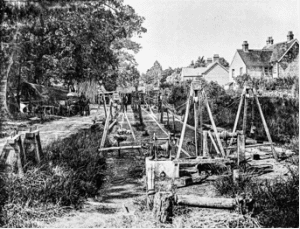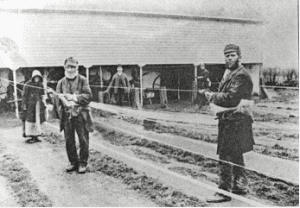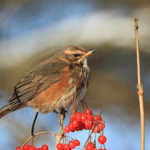Ropemaking
From the archives of
HAILSHAM HISTORICAL & NATURAL HISTORY SOCIETY
By Richard Goldsmith
Thomas Burfield, age 22, started the rope industry in 1807 in Hailsham. He lived in “The Acacias” in the High Street (see May 2021 What’s-on) and his shop and warehouse was the Saddlers, in the building that became Larkins and was demolished to make way for Woolworths in 1956 (now the Iceland store). He established a rope walk behind called Town Walk, which went to Back Lane – now North Street. He established 6 other rope walks in the town, one in Market Street (now Southerden Close), one at 50-80 Mill Road (Mill Walk), one by Southdown Court (String Walk), one in Bell Banks opposite Elmsdown, and two in Cacklebury, South Road (behind number 89 and at his factory). George Green established one in the 1830s in Summerheath Road (Beauzeville) and there were two others at Downash and Coldthorn. Outworkers would spin the twine and rope on their long narrow walks and then take them to Burfield’s warehouse in the town. Our first photo taken in 1919, is of Green Bros’ Rope Walk, behind New Road, later Summerheath Road, on the site of their factory where Beauzeville Avenue is today. The second photo shows Elijah Baker (on the left), Burfield’s longest serving spinner, celebrating 70 years of service in 1919! The third photo is of the last surviving building from the Mill Walk rope walk. Apart from some of the original factory buildings in South Road (now Thorndale Furnishers & Burfield Park), little survives of the original rope walks or structures.
[First printed November 2021]






